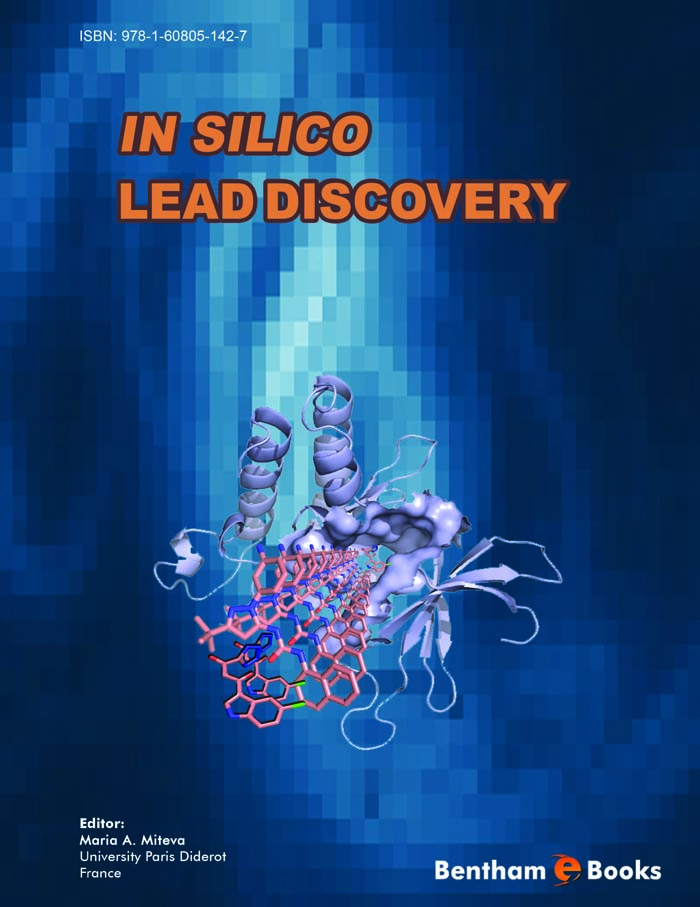Preface
The number of promising protein targets that could enter drug discovery programs has significantly increased because of the recent advances in human genomics, proteomics and because new technologies able to address difficult targets are being developed. Today drug discovery campaigns are still time consuming and expensive and in this respect in silico methods are attractive since they facilitate efficient handling of large compound collections, mining of the data and improving “hit-rates”, thereby contributing to each step of the pre-clinical work. In fact, in silico methods, and particularly in silico screening, have been used for lead identification and can complement high-throughput and NMR-based screenings. Numerous successful studies employing in silico screening suggest that such methods can be very helpful to find novel molecules. While in silico approaches have been used for many years to assist hit identification, recent studies also report the discovery of several compounds that have either reached the market or entered clinical trials as an evidence of the contribution of these technologies to pharmaceutical research.
This eBook presents important aspects of in silico methodology for discovering new lead compounds. It contains ten individual chapters addressing different topics used in modern in silico lead discovery. An overview of the most widely employed methods and the latest advances are provided. The eBook outlines the recent progress made in docking-scoring and ligand-based techniques, as well as fragment-based screening. Freely available tools to assist in silico lead discovery are also described. Many examples of successful applications of these methods for lead/drug discovery are given. Leading experts on bioinformatics and drug design address in the eBook challenging issues, such as chemical libraries design, druggable pocket prediction, protein receptor flexibility, targeting complex systems such as protein-protein complexes or ABC transport proteins, as well as mixed methodologies for acceleration of lead discovery. I hope that this eBook contains much valuable information and will help to enhance the understanding of these technologies for scientists engaged in drug discovery projects.
The successful completion of this eBook was made possible by the assistance of many people to whom I am very grateful. I express my gratitude to all individual chapter contributors and the reviewers for their suggestions. I would like to thank Dr. Bruno O. Villoutreix (Inserm, Paris, France), Dr. Emil Alexov (Clemson University, USA), Jivko Mitev (Paris, France) and Dr. Martin Grigorov (Nestle Research Center, Lausanne, Switzerland) for comments about this eBook. I also want to thank the publisher and in particular Asma Ahmed (Bentham Science Publishers Ltd.) for the support.
Maria A. Miteva
MTI, INSERM U973
University Paris Diderot
Paris, France

